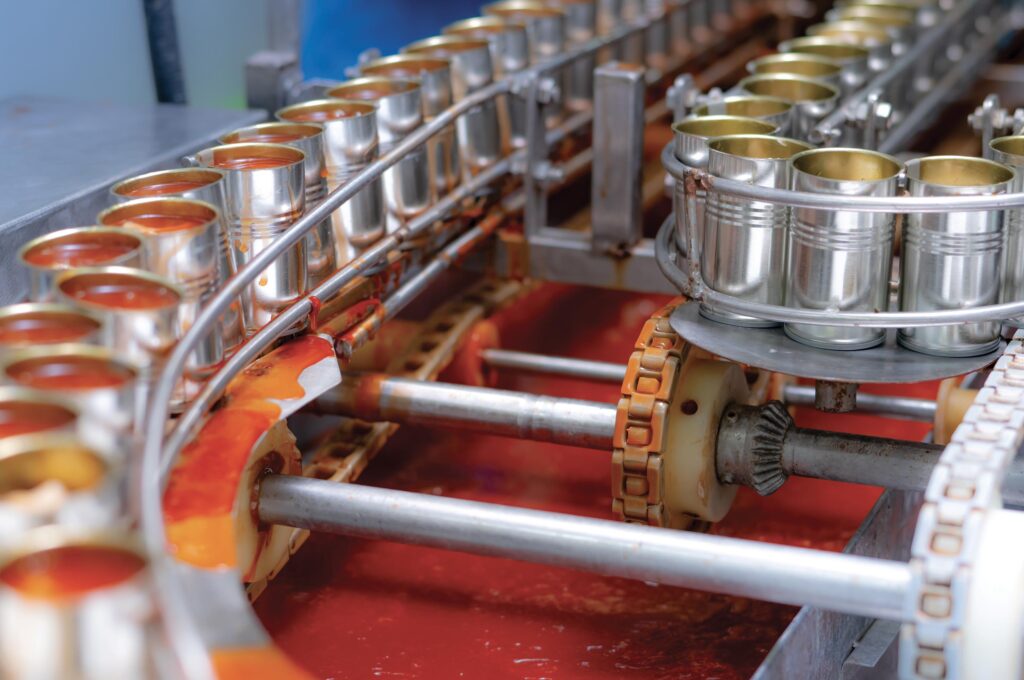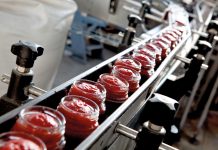 Effect of the tomato drying process by microwaves on the colour of the product.
Effect of the tomato drying process by microwaves on the colour of the product.
The colour of food has a key role in food choice and preference acceptability. In this context, the aim of a recent study by a group of Nigerian researchers (Hussein et al. , 2022), was to apply a digital imaging software available on the market and the optimization with the Taguchi technique to determine the surface colour of microwave-dried tomato samples. In particular, after submitting the tomatoes to water blanching (with or without ascorbic acid or sodium metabisulphite), the sample was cut into slices (thickness ranging from 4 to 8 mm) and dried at 90 to 360 W microwave power levels.
The results demonstrate that the blanching significantly affects following colour characteristics of the samples: L*, a*, b*, DE, browning index and hue. At the same time, the slice thickness considerably influenced the a* value, the ration of a*/b* and chroma values. It was also observed that the colour of the product is also influenced by the microwave output power, but to a lesser extent than the blanching, and the slice thickness.
In particular, the processing conditions to preserve the red and yellow pigments of tomato are: blanching in distilled water, 4-mm slice thickness, and 90W microwave powers. In conclusion, the authors point out that the proposed method offers an adequate non-destructive means for the optimisation of tomato drying process.
Evaluation of a new tomato peeling technology
A recent study by a team of Chinese researchers (Qu et al., 2022), proposes a new method, based on the use of a flame-catalytic infrared peeling (FIP) generator, to improve tomato peeling rate and ensure pulp quality. In particular, the mechanical properties, microstructure, firmness and lycopene and polysaccharide contents of the product were investigated. Results showed that the FIP technology ensures the least degradation of cellulose, hemicellulose, and pectin, and the least damage to the structures and mechanical properties of tomatoes compared to conventional treatments (hot water (HWP), or lye (LP) peeling).
In particular, the best peelability was obtained applying 10 s flame heating and 4 min infrared heating at 350 °C. In fact, these conditions made it possible to maximize the peelability (98%), firmness (6.04 g/mm2), and lycopene content (53.73 mg/kg) of the product. According to the study, the mechanisms of FIP, HWP and LP technologies are different: the thermal and radiation effects of FIP promote the collapse and thickening of cellular structures in the tomato peel, while the action of the HWP method is based on high temperature and pressure and that of the LP method is mainly based on chemical activities. In conclusion, the authors argue that the FIP technology has a promising potential to replace existing peeling technologies to improve the tomato peeling rate and pulp quality.
References: J.B. Hussein et al., Journal of Agricultural Sciences – Belgrade, 67, 2022, 395-414, Qu et al., LWT – Food Science and Technology, 163, 2022, 113542.



